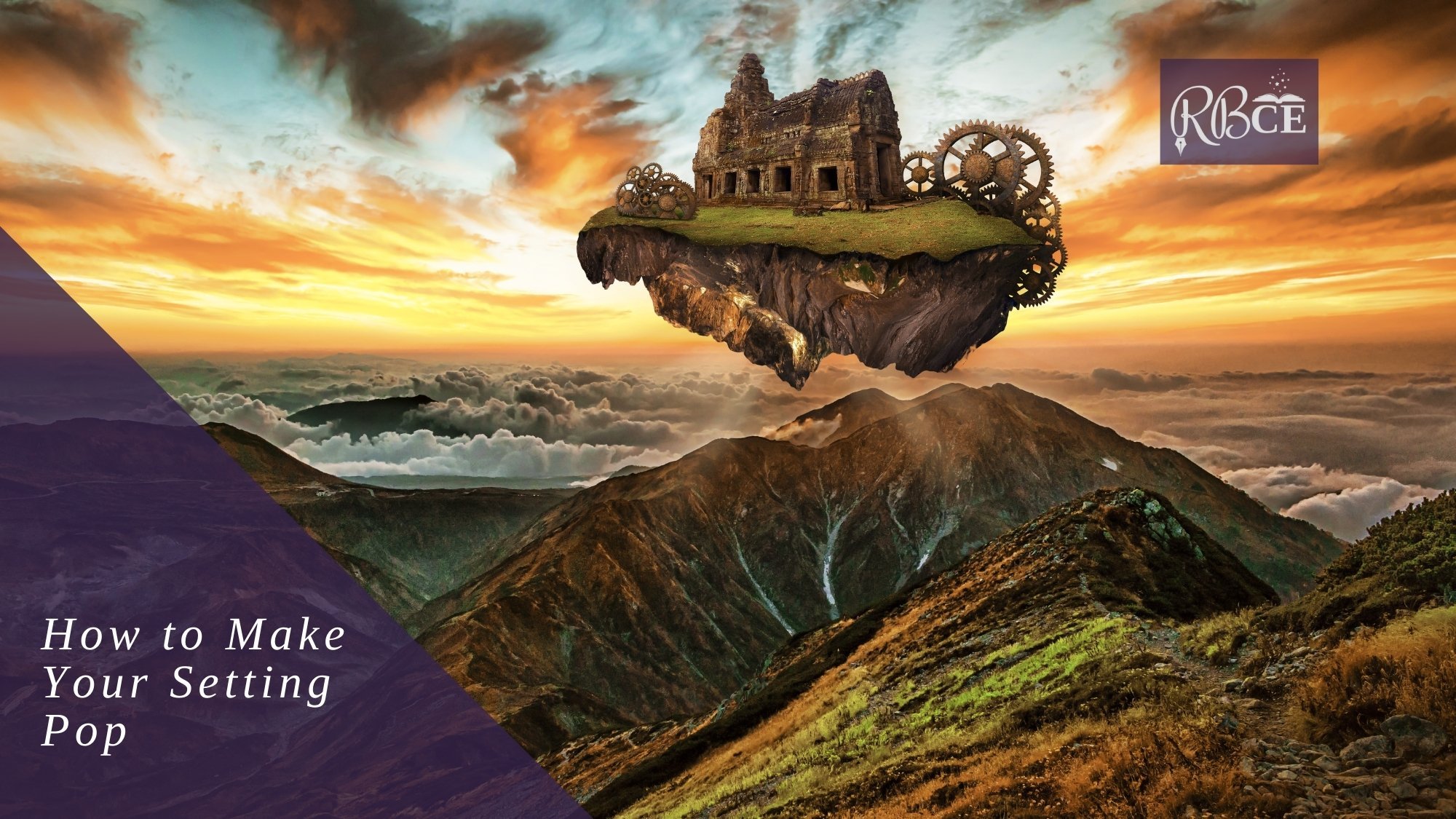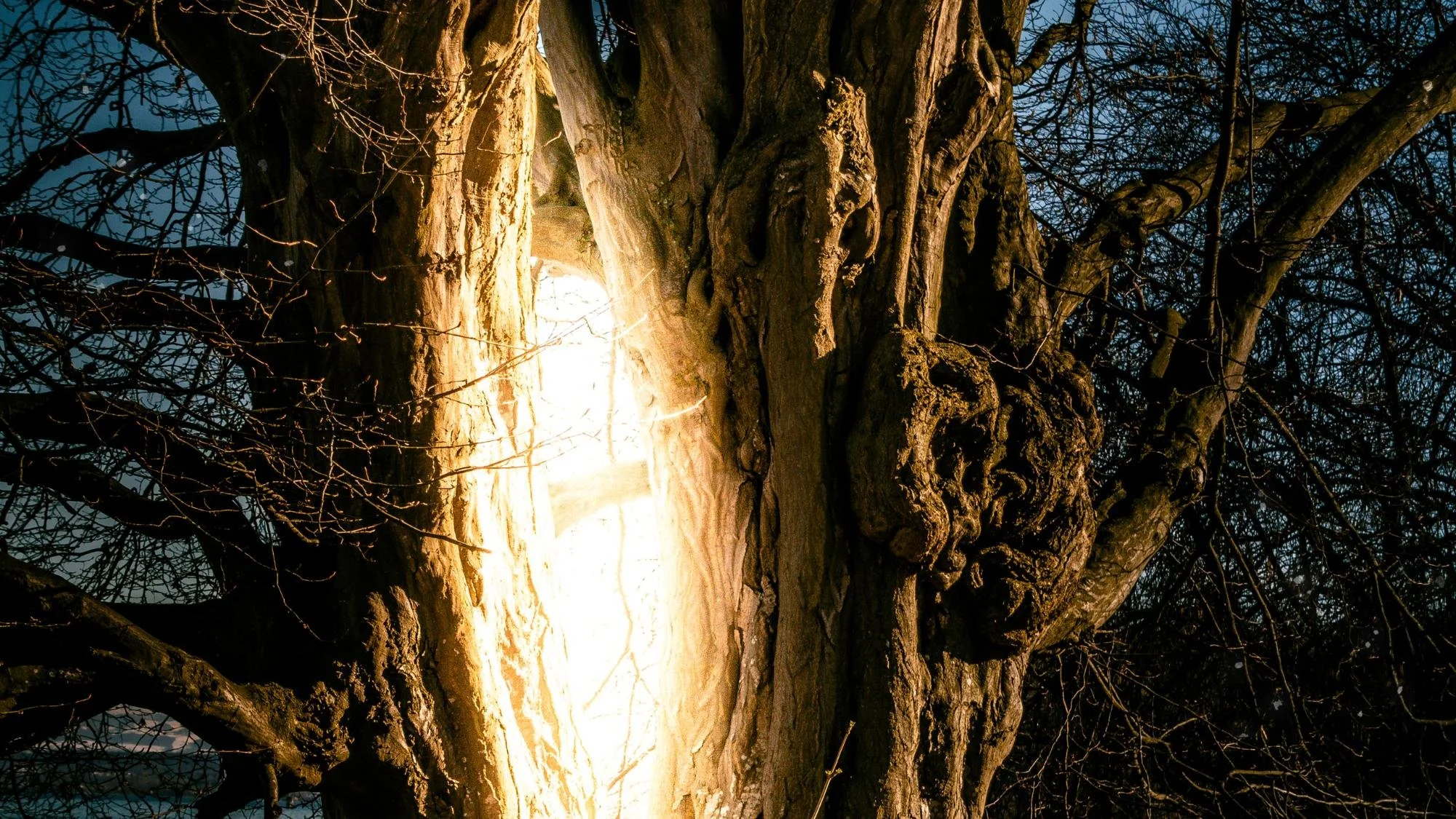How to Make Your Setting Pop
Think back to all the settings in books you’ve read. Which ones stayed with you? Did they grab your attention because of something in the atmospheric descriptions, unique aspects, or vivid details? Many writers come up with a plot and characters first, and setting can sometimes be treated like an afterthought. But developing your setting is a powerful way to create fully immersive books.
A varied and vibrant setting can be essential for genres like cozy mystery. A well-developed setting can enhance character journeys as well as enhance the plot by making clue-discovery varied and intriguing. They can pose ever greater obstacles to overcome and convey interesting characterization via the environment.
Fantasy is another genre that especially benefits from a highly developed setting. A monolithic fantasy world will most likely not only bore readers but also be distracting because uniform societies are unrealistic. Subgenres like urban fantasy and low fantasy benefit from thought-out settings in the same way cozies do. A varied setting can add to the fun of discovering magical elements in the real world and give a fuller picture of what the magic means there.
Varied, vivid, and unique setting elements make the world stick in the reader’s mind and help them lose themselves in the adventure. Consider playing with two or three setting elements from the examples below to give your story-playground some pop.
Play with history
Local lore and town history can add intrigue and a depth to the location. Outmoded locations can be especially effective since they can feel unnerving and out of place to modern readers—for example, old mills, disused water wells, and dusty clock towers. In secondary fantasy worlds, realism can be one of the hardest aspects of a completely made-up world. A sense of “deep time” can quickly establish that grounded feeling by featuring ruins from dead civilizations, art based on ancient legends, and defunct old technology (even if it’s magical in nature).
Play with the public versus private
Having characters move between public spaces like community pools to private spaces like gated gardens can add dimensions to the story. Writers can use the unconscious recognition of informal versus formal space to signal to the reader a shift in tone or story topic. Characters will act much differently in a public tavern compared to a labyrinthine private library.
Play with climates
Different climates can offer different challenges. For cozies, cold climates can have clues buried under ice or snow. Hot climates can confine characters indoors. Rainy climates can feature clues getting washed away to complicate the case.
Physical environment is one of the defining factors in a culture’s food, clothing, mythology, values, and so on. Be sure to think deeply on how the climate might inform abstract aspects of the culture in terms of attitude toward strangers, social hierarchy, family dynamics, religious worship, and more.
Play with vocation
Including a variety of workspaces can add life and a rooted sense to the locations. Consider expanding your cozy town to a myriad of places such as craft stores, mechanic shops, law firms, cafés, or thrift shops to add a rich sense of life to the town and dynamism. Similarly, fantasy worlds can benefit from showing how the society functions with jobs ranging from candlemaker to head groom.
Play with aesthetics
An array of aesthetics can differentiate parts of the journey or convey the general identity of a place or person quickly. Examples to play with include Gothic, modernist, utilitarian, rustic, bohemian, and nautical. You can tell an underlying story through aesthetics. For instance, a hunting lodge might convey a character sees themself as self-sufficient. You can also contrast the aesthetics of a location with the personality of a character. A cozy might hint that many things are not as they seem by having an artsy, colorful person living in a minimalist home.
Play with size
The shape and size of the buildings and objects in a town can give it a unique personality. Cozies might feature miniatures or oversized art pieces, which can add a twist on a normal town and stick in the reader’s mind. One of my authors visited a town of huge objects and used it as the basis for her cozy mystery’s setting.
Size can also be fun to play with in any type of fantasy story with creatures or people of varying sizes. Gnomes and fairies and giants can all have different-sized household objects, doorways, and other kinds of things to delight in.
Play with backstory
Mundane places can be given greater meaning when attached to the character’s backstory. A childhood home, playground, elementary school, or museum can be rediscovered with new eyes and personalize the location. In fantasy stories, you may highlight the deep time of a secondary world by characters commenting on how places they knew in their youth have changed.
Play with terrain
One way to smoothly shift gears in a story is to move characters completely from one terrain to another. They might go from land to sea or from land to air. Travel cozies may have the mystery unfold classically on ships, trains, or planes to give readers a sense of shifting circumstances and excitement. Fantasy cultures allow you to feature different types of transportation that can make the world feel more real.
Play with contrast
Contrast can be one of the most powerful tools to make a setting and a story itself pop. You can contrast all sorts of areas in life, such as wealth (high-end opera house versus public music hall), typical gender spheres (hair salon versus sports bar), or age-delineated areas (skate park versus retirement home).
Contrast is also important for avoiding monolith societies in fantasy. You may create a varied society by contrasting sun elves with forest elves and then contrasting some sun elves who worship eclipses with other sun elves that revile them. The name of the game is variation within variation!
Play with the senses
The five senses can be a great way to ground the reader in the scene and have them pay attention to each location in a new way. You may engage with as many senses as possible with aromatic bakeries, damp greenhouses, noisy dog parks, colorful open-air markets, and windy fields where you can taste the grit.
A strong setting can mean focusing on one central place of business or community focal point, but it can also mean adding interesting side locations and variety. Moving your characters between locations—such as from a dull meeting to a historic secluded mansion all the way to a noisy day care—can create a distinct map in the reader’s mind. They can follow the story more easily with these defined spaces and are often more interested in where everything is headed next. The world will feel real, rich, and expansive in a way they won’t want to put down.
What is your favorite setting from a book? I’m always curious about what people are drawn to.
Do you need help developing the setting in your book? I provide personalized and extensive feedback in my developmental edits that dive in deep to what makes readers love a story and how we can get your book into the best shape it can be. Start the conversion by completing an intake questionnaire or scheduling a free consultation.




